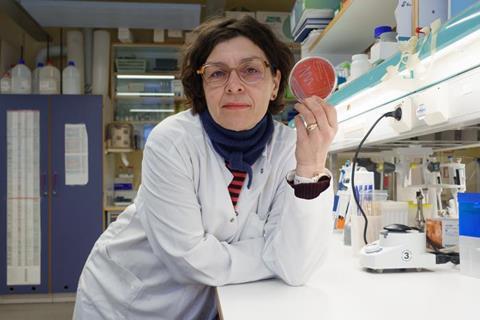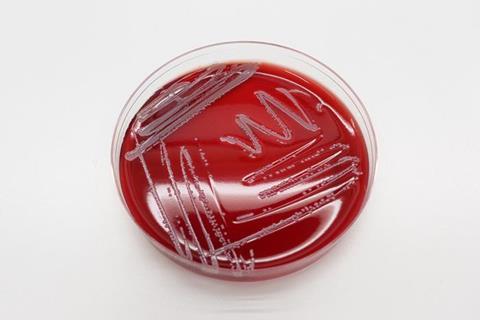In 2020, a research group at UiT The Arctic University of Norway in Tromsø discovered a previously unknown bacterium. You may have heard of Staphylococcus aureus (golden staph), but this one belongs to the white variety.

The newcomer, discovered in Tromsø in Northern Norway, was proudly named Staphylococcus borealis (S. borealis) after the Northern Lights.
To investigate whether it posed a threat, researchers collected bacterial samples stored in freezers at several Norwegian hospitals.
READ MORE: Staphylococcus aureus thwarts vaccines by turning on a protein that halts immune response
READ MORE: Novel lipopeptide produced by bacterium proves lethal against Staphylococcus aureus
The samples went as far back as 2014, and the researchers conducted new tests to see if they could identify the new bacterium in the old samples. Meanwhile, new samples arriving at the UiT lab from 2020 to 2024 were tested continuously. In total, the researchers collected and analysed 129 samples from seven Norwegian hospitals.
It turns out that S. borealis is resistant to more than three different classes of antibiotics in one-third of the cases where it was tested.
Adept at acquiring protection
“We see the most resistance against the antibiotic classes fusidic acid, cephalosporins, penicillins, macrolides, and fluoroquinolones,” explains Jorunn Pauline Cavanagh, who led the work on bacterial analyses.
Moreover, the bacterium also appears to be highly adept at acquiring protective mechanisms from other bacterial species. This means it could potentially develop antibiotic resistance quickly, when attacked with the medicines currently available.
S. borealis is a bacterium that lives on our skin, and researchers have found that it can become problematic when your immune system is weakened. This makes it particularly concerning for the elderly and for those who have had knee or hip replacements.

“This bacterium is an opportunist that can cause illness when your immune system is compromised. For example, we see that it can form what’s called biofilm around knee prostheses and cause infections that can be difficult to treat,” explains Jorunn Pauline Cavanagh.
Suspect microbe
Researchers are now working to determine which diseases this bacterium can cause. Preliminary findings suggest it may lead to urinary tract infections, as well as inflammation in areas where implants are present.
“We do know that it causes mastitis in dromedary camels. This is because we’ve published the bacterium’s genetic profile in international databases, which other researchers use to compare their own bacterial findings. So, more possibilities may emerge,” says Cavanagh.
The research is published in Microbiology Spectrum.







No comments yet